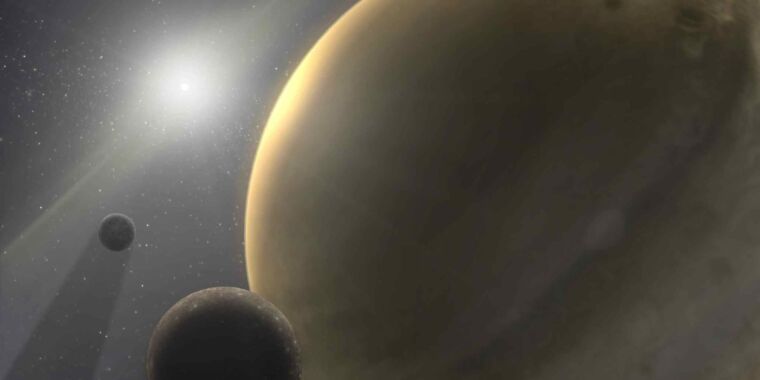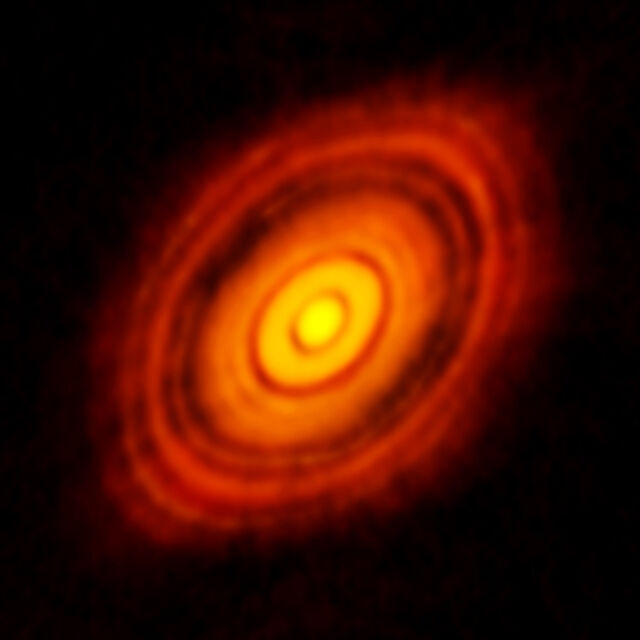

In 2018, scientists monitoring TESS, the transiting exoplanet prospecting satellite, discovered a giant planet in close orbit around the star TOI-849, approximately 735 light-years away. Nature recently published an article by scientists from the Center for Exoplanets and Habitability that describes this planet in detail.
TOI-849b is approximately 40 times the mass of Earth, which would normally indicate a gas giant, weighing somewhere between Saturn and Neptune. However, its radius is smaller than that of Neptune, although it is more than double the mass of Neptune. Since it’s hard to see how that can happen in a gaseous world, scientists suggest that the planet may have been a gas giant, now stripped almost to its solid core. The alternative is that it could have formed in a very unusual way that allowed you to avoid accumulating too much gas in the first place.
TOI-849b’s host star is a late class G yellow dwarf, slightly cooler and about 2 billion years older than our Sun, with about nine-tenths of its mass and radius. TOI-849b is very close to its host: its orbital period is just over 18 hours. That means that the farthest distance to its star is only 0.02 Astronomical Units (the typical distance between Earth and our Sun). For reference, our own Mercury orbits the Sun almost 20 times more distant, at almost 0.4 AU.
The arid area in the vicinity of TOI-849b’s mass and orbital period combination is known as the “hot Neptune desert” due to the unlikely formation of planets with this combination of characteristics.
TOI-849b’s radius, mass, and period place it firmly in an area called the “hot Neptune desert,” an orbital region where physics is such that large planets seem to form very rarely. The rarity of planets with a large mass and a close orbital period is likely due to a combination of two star-driven processes: photoevaporation and tidal disruption. Photoevaporation is the ionization of gases and particles of intense radiation, causing their dispersion; Tidal force is the difference between the gravitational force on the near and far sides of a mass, causing a stretching effect.

Factors that lead to the large gas envelope missing from the TOI-849b could include anything that adds enough energy to dissipate its atmosphere back into space. That means any combination of planetary collision, tidal disruption, and photoevaporation. Alternatively, it could have formed at a time when very little gas was present, perhaps due to a relatively late planetary formation in the life of its star or due to a gap in the protoplanetary disk largely devoid of gases.
Although we don’t yet know the details of TOI-849b’s unusual formation and history, its discovery offers astrophysicists fascinating clues about the mechanics of planetary formation and new insights into the likely composition of giant gas cores.
Nature, 2020. DOI: 10.1038 / s41586-020-2421-7 (About DOIs).